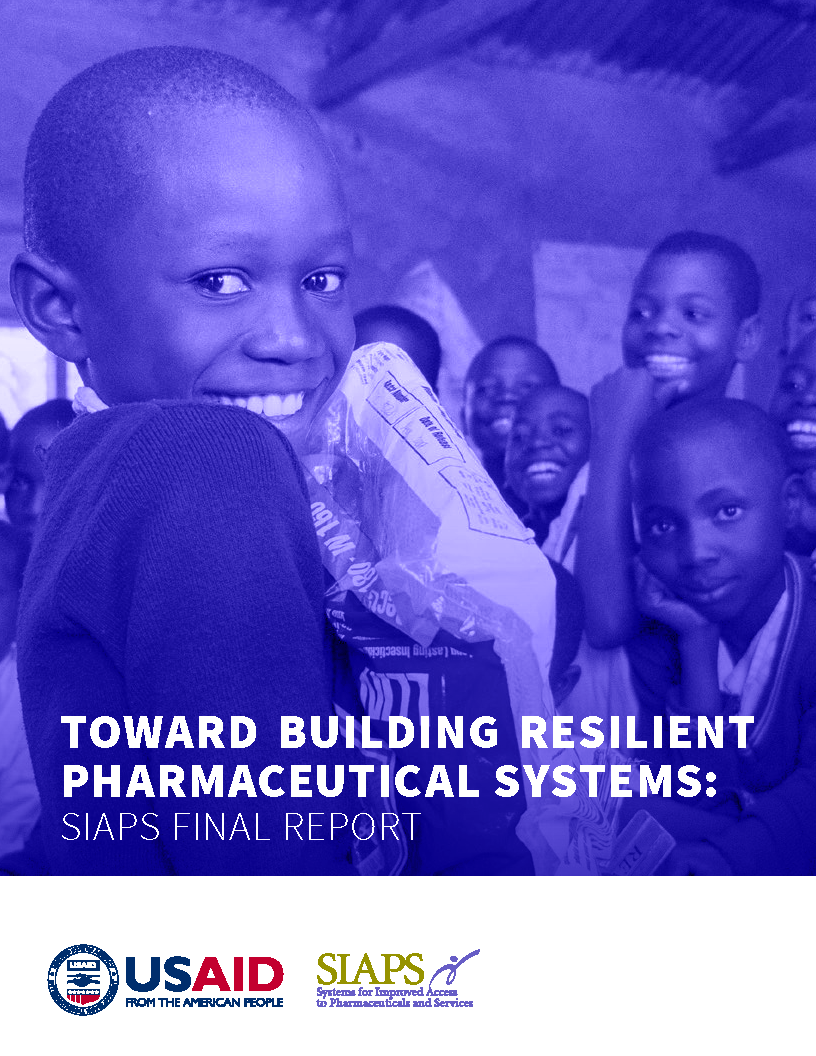SIAPS conducted this assessment to determine the extent to which pharmaceutical information generated from the Electronic Dispensing Tool (EDT) and dashboard is used by key stakeholders in the national antiretroviral therapy (ART) program in making decisions regarding the management of medicines and related services and, to the extent possible, identify potential influences on program outcomes. … Read more
Archive Mode of Implementation
Report of a ToT and Cascade Training on Leadership Development Program for Pharmacists from the Public Sector of the Ministry of Health and Sanitation of Sierra Leone
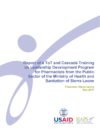
The pharmaceutical sector in Sierra Leone faces several challenges. The Ministry of Health and Sanitation (MOHS), in collaboration with different partners, is in the process of strengthening the capacity of district and peripheral health facilities (hospitals and peripheral health units (PHUs)) to ensure an uninterrupted supply of essential medicines, manage supply chain activities through an … Read more
PSS Insight: A Tool for Measuring Progressive Pharmaceutical Systems Strengthening
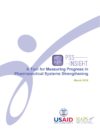
In 2012, when the US Agency for International Development (USAID) awarded the SIAPS Program, it tasked the program with developing a measurement framework and corresponding indicators for determining whether investments in pharmaceutical systems strengthening are contributing to the development of stronger, more sustainable pharmaceutical systems. At that time, there were no widely accepted definitions for … Read more
Strengthening Medicine Registration in Benin: A Detailed Assessment
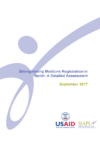
In November 2016, at the request of USAID/Benin, SIAPS conducted a rapid assessment of the medicines registration system of the Direction de la Pharmacie, du Médicament et des Explorations Diagnostiques (DPMED) in Benin and made recommendations to address the challenges arising from its current information system. The assessment identified opportunities to improve regulatory processes for … Read more
OSPSANTE: Guide de l’Utilisateur
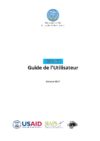
L’objectif de l’outil OSPSANTE est de capturer, de suivre, d’agréger et de diffuser des informations sur les produits de Nutrition et de lutte contre le paludisme, la PF, la SMI et le VIH, pour soutenir la prise de décision basée sur des éléments de preuve au Mali. L’outil OSPSANTE aidera le pays et les organisations … Read more
Continuous Results Monitoring and Support System
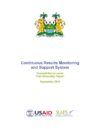
This is the report of the first continuous results monitoring and support system (CRMS) exercise in Bombali District, which was conducted in May 2016. The purpose of the report is to highlight the findings and observations of the CRMS exercise. A total of 104 health facilities (HFs) (one hospital, 18 community health centers (CHCs), 57 … Read more
NTP Laboratory Network Assessment: Strategic Directions to Improve Access and Quality of TB Diagnostic Services Assessment Report
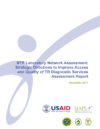
The National TB Program has embarked on the new Philippine Strategic TB Elimination Plan Phase One: 2017–2022, setting targets and objectives to significantly reduce TB mortality and prevalence by 2022. Among the key activities in the plan is to ensure the access of all priority patients to rapid TB diagnosis along with drug susceptibility testing … Read more
Inventory Control and Good Storage Practices Training for Primary Health Care Nurses and Pharmacy Staff in Khomas, Ohangwena, and Otjozondjupa Regions, Namibia
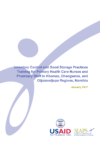
Although SIAPS introduced a number of automated inventory control tools, such as the Facility Electronic Stock Card (FESC) and Electronic Dispensing Tool (EDT) for district hospitals, since June 2015, at the primary health care (PHC) level, inventory control and storage practice are a major challenge and the major cause of stock-out of medicines for antiretroviral … Read more
Rapport de l’enquête sur la vérification de l’utilisation finale des produits de lutte contre le paludisme au Mali, août 9-29, 2017
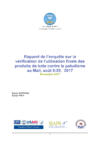
La présente édition de l’EUV a été réalisée août 9-29, 2017, sous la direction du PNLP dans les régions du sud du Mali. L’objectif de l’étude est de contribuer à améliorer la disponibilité, la gestion, et l’utilisation des médicaments et autres intrants antipaludiques dans les structures sanitaires publiques et parapubliques du Mali. C’est une étude … Read more
Rapport de l’atelier de formation des acteurs du niveau périphérique sur le portail Ebola de l’outil de suivi des produits de santé (OSPSANTE)
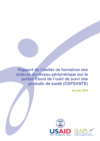
La formation des acteurs du niveau périphérique sur le portail Ebola de l’outil de suivi des produits de santé (OSPSANTE) a été réalisée du 18 au 22 septembre 2017 dans la salle de conférence du COU. Elle a réuni 40 acteurs au total : deux facilitateurs de SIAPS et trois du DOU-SP et 35 prestataires … Read more

